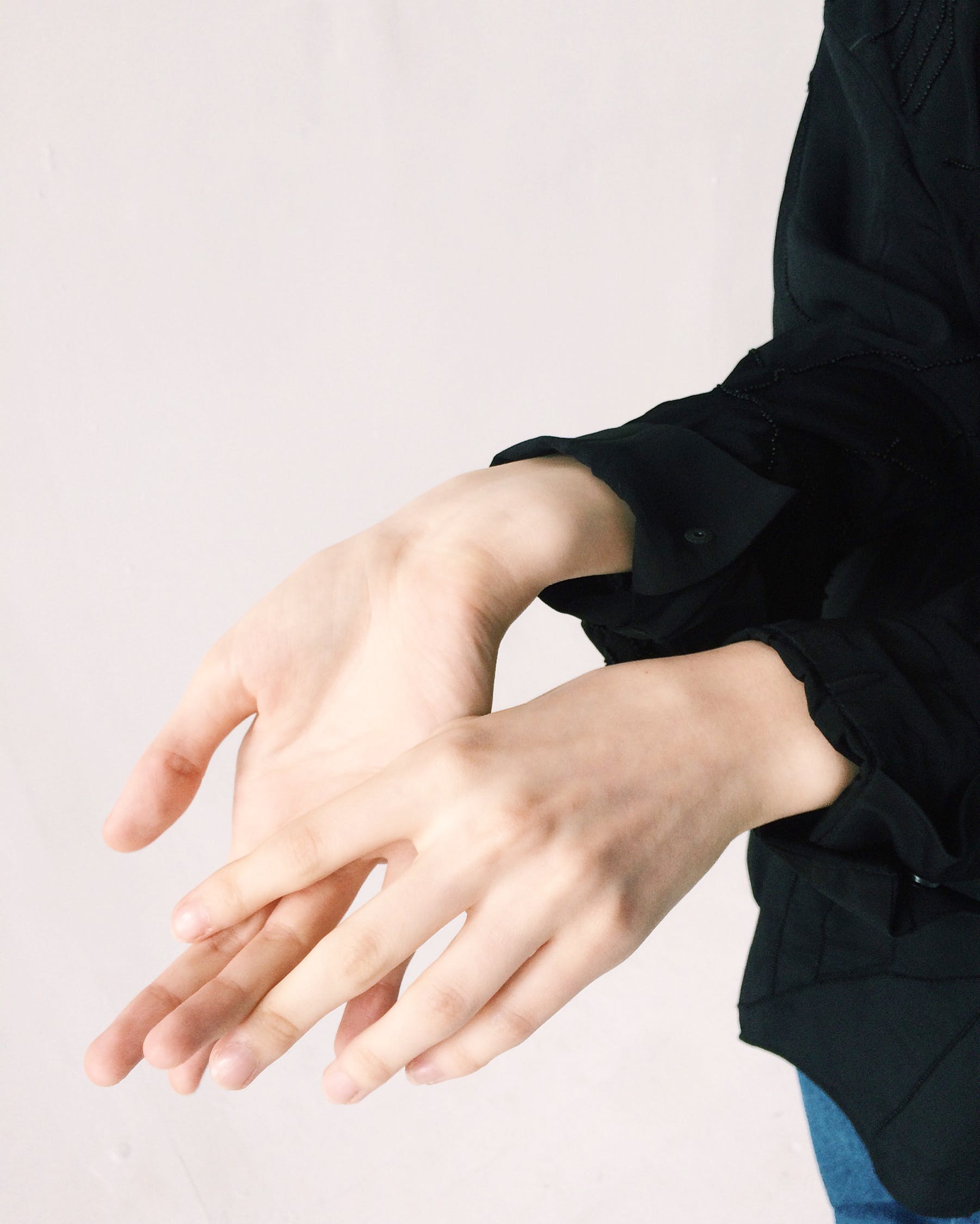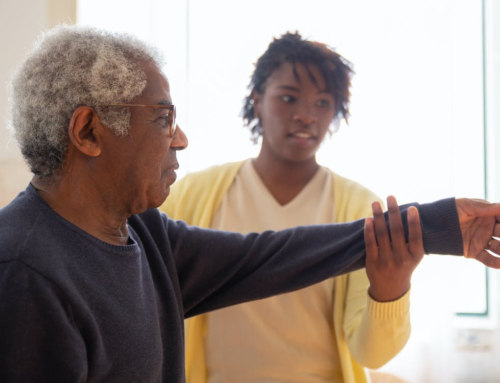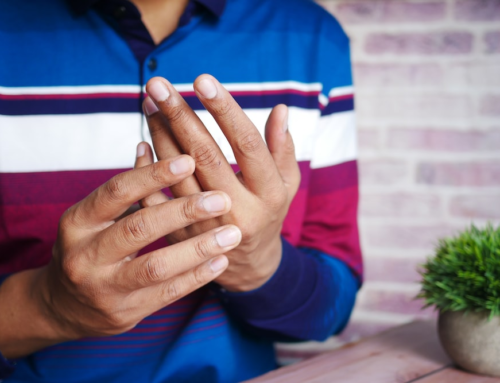Unless we hurt our hands, we almost never have to think about their structure and how they work.
Here at Able Hands Rehab, our certified hand therapists often educate our patients on their hands as part of their treatment process.
We’ve put together some of the same information for you:
The Basics of Your Hand
Even though our hands help us perform a wide range of tasks — from feats of strength to activities that require a great deal of precision — they happen to be quite delicate.
They have a complex system of relatively thin bones, nerves, tendons, ligaments, and blood vessels. This entire system exists under a layer of minimal fat and thin skin.
If you gently rub the fingers of one hand on the back of the other, you’ll be able to feel a few of this system’s components. You’ll also note that the palm of your hand has more cushioning, particularly near the thumb.
The Bones of Your Hand
Did you know that there are a total of 27 bones in your hand?
The joints between these bones help divide the hand into three regions:
1. Fingers
The fingers contain a total of 14 bones, which are known as phalanges or finger bones. Each of your fingers has 3 phalanges, whereas your thumbs have 2.
2. Metacarpus
What you see as the palm of your hand is called the metacarpus. As such, the 5 bones between the phalanges and wrist are known as the metacarpal bones.
3. Carpus
The carpus is the wrist joint that connects all the bones of your hands to the bones of your arms. The 8 bones in the carpus region are called the carpal bones.
The Muscles of Your Hand
Hand movements mostly originate in the forearm muscles, which have thin tendons located inside the hand. These are:
1. Flexor Tendons
Going through the palms of your hands up to your fingers, the flexor tendons allow you to close your hands and make a fist.
2. Extensor Tendons
The extensor tendons that enable you to stretch your hand are located on the back of your hand and go up to your fingertips.
There are also more powerful muscles located entirely in your hand, which are:
1. Thenar Eminence Muscles
The thenar eminence muscles, located at the base of the thumb, allow you to touch each of your fingertips with your thumb.
2. Hypothenar Eminence Muscles
Any time you stick out your pinky finger by itself, you’re utilizing your hypothenar eminence muscles.
The Nerves of Your Hand
There are 3 nerves responsible for providing sensation to your hand:
- Nervus ulnaris (the ulnar nerve)
- Nervus medianus (the median nerve)
- Nervus radialis (the radial nerve)
The Blood Vessels of Your Hand
Two arteries are tasked with supplying blood to your hand, one near the thumb and the other near the little finger.
These arteries form a double loop toward the palm and have branches going into each finger, together with nerves and veins.
All in all, there are 4 bundles of blood vessels and nerves assigned to each finger.
At Able Hands Rehabilitation, our certified hand therapists in NJ provide professional hand therapy, wrist fractures treatment, and hand pain treatment. Get in touch with us for further information.










Leave A Comment
You must be logged in to post a comment.